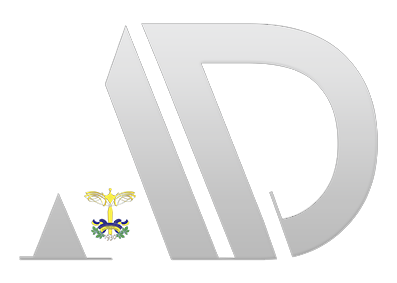Author Guidelines
The Editorial Board is committed to upholding the highest standards of publication ethics and takes all possible measures against any publication malpractices, as other leading scientific journals. Submission and review of manuscripts is now mandatory for all types of paper. Please prepare your manuscripts following the instructions for authors given below.
Submitting your manuscript
A submitted manuscript must:
– not be simultaneously submitted to any other publication outlet
– be original, i.e. not previously published whole or in part as a peer-reviewed publication (including in different languages). Inter-Research may check submissions using anti-plagiarism software.
– list all (and only) those authors deserving authorship
– have been approved by all immediately involved, e.g. authors and institutional authorities
– meet ethics guidelines (i.e. institutional, national and international guidelines concerning the use of animals in research, sampling of endangered species, and ethics in publication). All conflicts of interest must be declared.
Articles structure and format requirements:
- full author’s (co-authors’) data: full name (no initials or shorten forms; academic degree, academic or/and other honorary titles; exact place of work and position (full name of the university, department or other organizational unit — avoid acronyms); office and home address along with postal codes; email address (personal, not corporate one); telephone numbers (office, home and mobile); key research interests;
- abstract in two languages (Ukrainian and English); keywords (phrases) in two languages (Ukrainian and English) — 5-8 items (not from the title).
Abstract (up to 250 words) should follow the structure below:
Introduction and research objective. You should clearly provide the rationale for the study based on previous research related to the issue under consideration. This section should be resumed with a statement of a specific issue to be addressed to or a hypothesis set.
Then the research objective is to be specified.
Research methods: you should list the methods used (omitting the methodological details) and identify the most important ones.
Results: you should briefly list the key results providing only basic statistics data in the parentheses. No conclusions here.
Conclusions: please provide concluding remarks as clearly as possible. You can present key research findings and / or specific recommendations for further research.
- the structure of the article: problem statement (related to critical research and applied issues); recent research and publications analysis; unresolved issues; research objective; key research findings and their rationale; conclusions and prospects for further research;
- all structural sections across the text must be in bold;
- all statistics data must be supported with references to sources;
- all quotes must refer to the sources;
- links to textbooks and non-academic literature are unwelcome;
- references to own publications are not welcome and shall be allowed only in exceptional cases;
- when referring to the name of a scientist in the literature review or further in the text the name of the scientist and the publication title must be included in the general list of references at the end of the article;
- citing from secondary sources is not allowed! If you quote Adam Smith – the reference should be to Smith’s, not the author who read Smith ;
- interval: 1,15; font size: 12 pt. Margins: left, right, top, bottom – 20 mm each. Only Microsoft Word documents in doc, docx. Font: Times New Roman. All non-text objects must be constructed by means of Microsoft Word (Microsoft Excel Chart, Microsoft Equation). Please, note that the journal is black-and-white in print, so all colours will be different shades of grey only;
- in the formulas – only the most common symbols from the standard set;
- each table and formula must be numbered and titled;
- all figures and graphical materials must be numbered and titled, having an exact indication of the authorship (either author’s own — or the reference);
- list of references: no less than 10 sources, in the original language.
